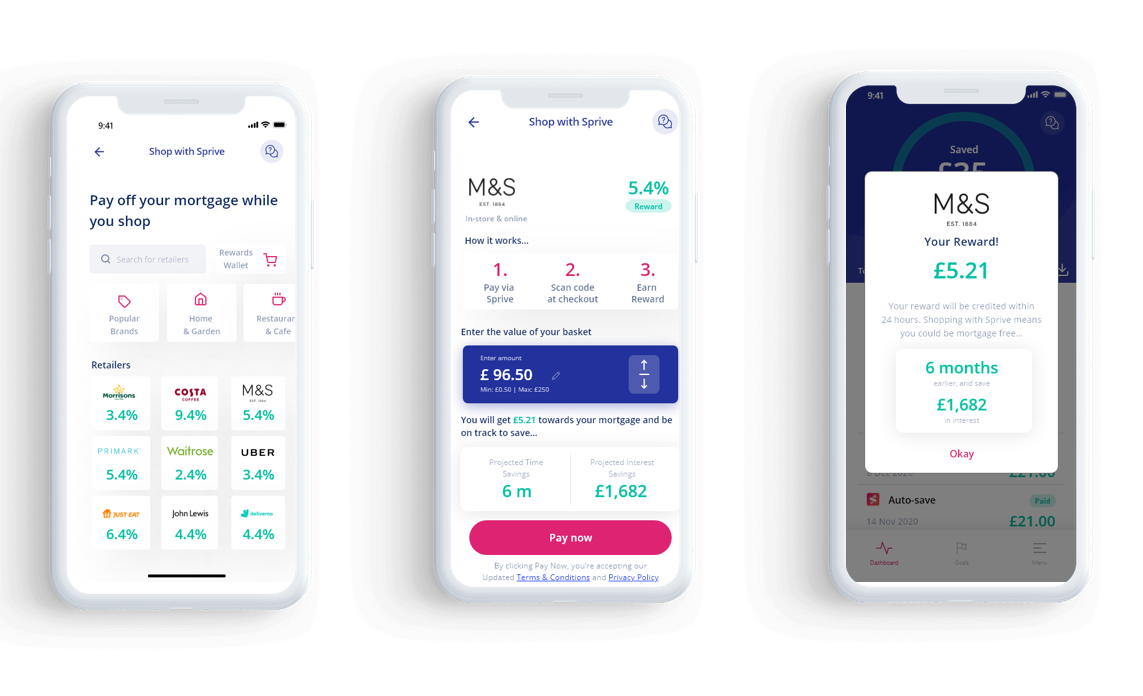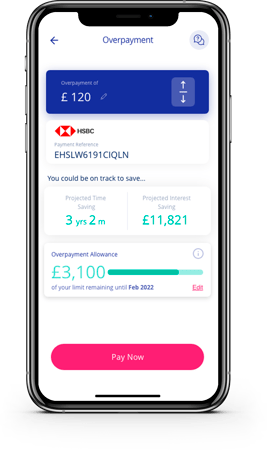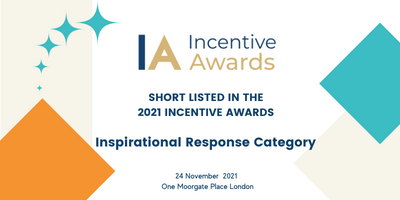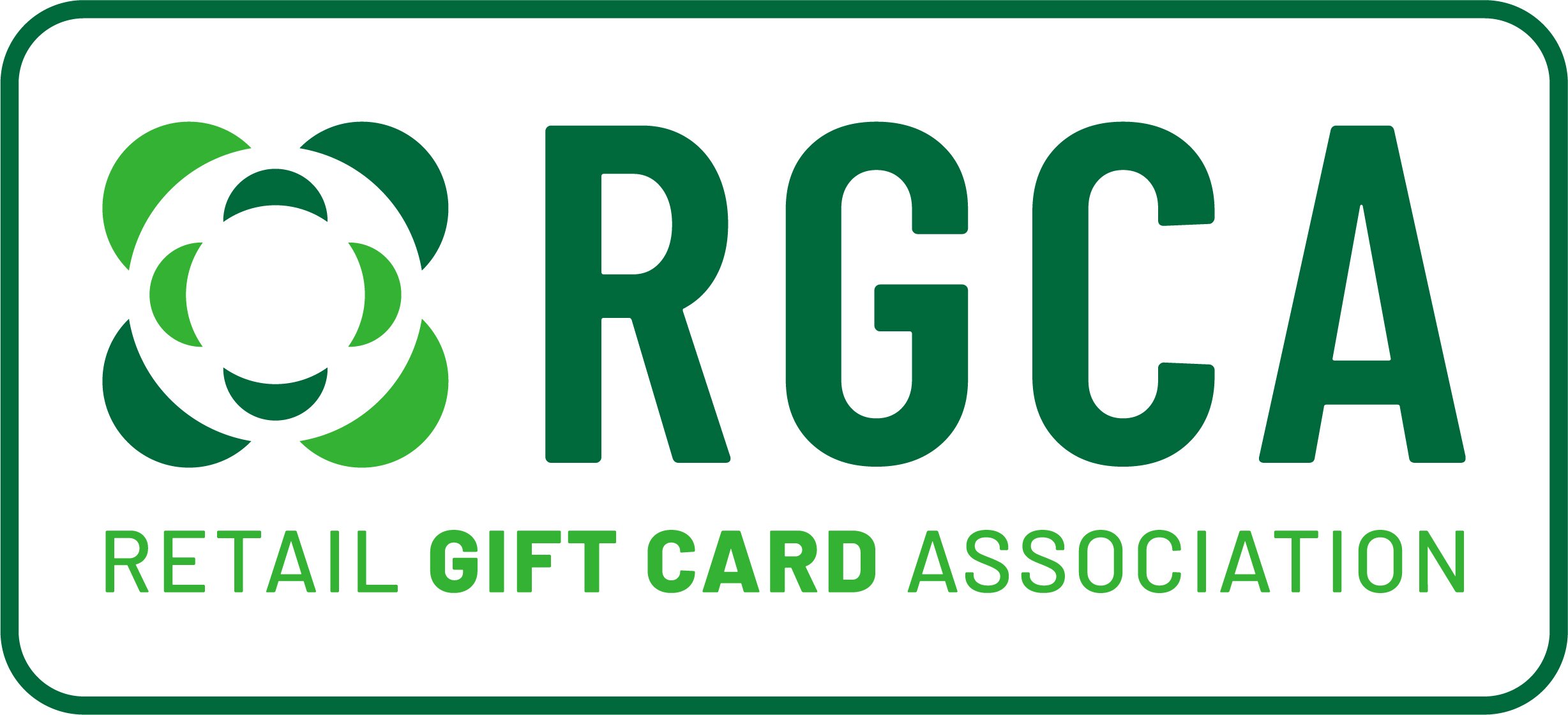Read time 3 mins
Author Sophia 🌱


The way that people use gift cards is changing. As the cost of living continues to rise, more and more consumers are looking for ways to budget their money effectively, and gift cards have emerged as one possible tool.
With gift cards often entwined with hedonistic pursuits like shopping, travel, and dining out, the idea of consumers using gift cards to help them budget for daily essentials like groceries can seem a little strange.
But by setting a budget and purchasing a gift card with a specific amount, savvy consumers are treating gift cards in the same way as pre-paid debit cards, allowing them to more easily stick to their spending limit and remove the temptation of overspending.
In addition to using gift cards as a means of money management, consumers are also taking advantage of gift card discounts and promotional offers.
In a survey conducted by Fiserv, Inc, 47% of British consumers admitted to buying gift cards to access discounts or so that they could claim a promotional offer, highlighting a big opportunity for gift card sellers to utilize promotional offers to increase the purchase rates of their gift cards.
Including a bonus gift card with a gift card purchase was ranked as the number one incentive by consumers in the Fiserv, Inc survey (34%), with 27% incentivized by a free item when they purchase a gift card, 24% motivated by the offer of additional gift card value, and 15% looking for discounts.
What incentivizes consumers to buy more gift cards?
34% a bonus gift card
27% a free item
24% additional gift card spending value
15% gift card discounts
But it isn’t just consumers that are benefiting from the use of gift cards in-store. While gift cards make a great budgeting tool, they’re also associated with a higher basket spend, and the latest GCVA State of the Nation survey found that 66% of their respondents admitted to spending more than the value of their gift card when making a purchase, with 43% admitting to spending up to £10 more and 30% up to £20 more.
66% of people spend more than ther value of their gift card
As the Cost of Living crisis continues to put pressure on consumers, we’re seeing a rise in new, innovative use cases for gift cards, and it's becoming increasingly clear that gift cards are more than just a popular gifting option.
As well as being an effective tool for budgeting, helping consumers to manage their finances, and combat inflation by giving them access to discounts, promotions, and offers, gift cards also have the potential to power disbursement, encourage engagement, and reward customer loyalty in ways that conventional payments simply can't.
The Sprive App allows homeowners to make smart overpayments on their mortgages. Users link their bank accounts and set their monthly limit. Unlike a direct debit, Sprive’s algorithm will analyze their weekly spending and set aside the perfect amount to help them repay their mortgage faster without impacting day-to-day expenditures.

But not everyone has the extra cash to pay off their mortgage using Sprive’s intelligent algorithm, so in 2022, Sprive partnered with Tillo to launch Shop with Sprive and give their users an alternative way to make mortgage overpayments by utilizing the power of gift card discounts. 
Shop with Sprive uses the Tillo Network and the potential of digital gift cards to help consumers become mortgage free faster by earning cashback rewards for simply shopping at their favorite retailers.
A user of Sprive doing their shopping at Waitrose with a £250,000 mortgage at 6% for 40 years can earn £24.30 in cashback rewards each month, saving £33,109 in interest and helping them become mortgage free two years and seven months sooner, with no extra cash leaving their bank account.
Sprive is just one example of an innovative Fintech company using digital gift cards to help consumers during the cost of living crisis.
To learn more and discover new, innovative, and exciting use cases for digital gift cards for your business, contact Tillo today. We’ll help you plug into the fastest-growing digital gift card network to access more than 2000+ leading global brands.







